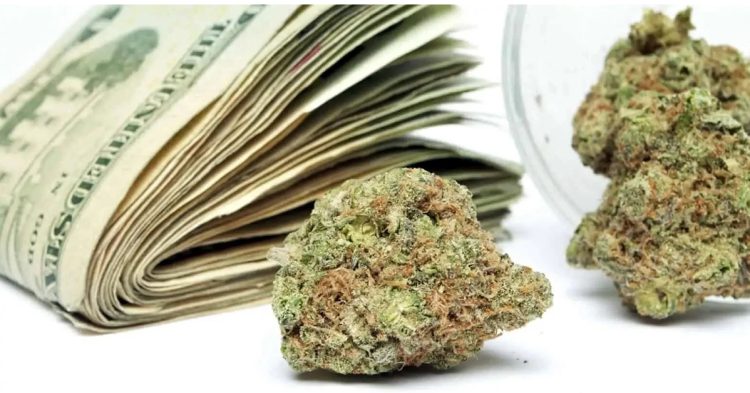In May, the state of Connecticut reported a remarkable $23 million in cannabis sales, according to NBC. This is not an isolated case, as the statistics indicate a consistent growth in monthly revenue from adult-use cannabis throughout this year. In April, the state’s income from legal cannabis sales reached $21 million.
The May total of $23 million included $11.5 million from recreational sales and $11.2 million from the medical marijuana market, as revealed by the Connecticut State Department of Consumer Protection.
One commonly held argument in favor of cannabis legalization is the potential for generating revenue. This can be particularly persuasive when speaking to individuals with conservative or libertarian-leaning perspectives — just point out the financial benefit. In Connecticut, officials report that over 312,000 products were purchased by medical cannabis patients, while more than 292,000 products were sold to adult-use consumers. According to DCP, the average spending for medical cannabis patients stands at $35.86, which modestly increases to $39.47 for recreational buyers.
The CT Mirror suggests that thanks in part to these cannabis sales, Connecticut’s government is predicted to achieve the second-largest budget surplus in the state’s history this summer.
The preliminary report of nearly $23 million in cannabis sales does not include taxes collected from adult-use purchases at the point of sale. This figure is under review by the department. Medical marijuana patients are exempt from taxes on their purchases, as they are considered medicinal. The recognition of cannabis as a medicinal plant by governments is indeed a positive development.
Cannabis was legalized in Connecticut in 2012, and adult-use was permitted in June 2021. Sales to adults began in January 2023 at licensed retailers. Medical patients are allowed to purchase up to five ounces a month without individual transaction limits. Recreational consumers, however, face a per-transaction limit of a quarter-ounce of raw flower or its equivalent.
Despite the positive financial numbers, it is worth noting that profitability in the cannabis industry remains challenging. For instance, California, often seen as a haven for cannabis, is currently witnessing a “mass departure,” as brands such as Jerry Garcia’s Garcia Hand Picked cannabis line are ceasing operations due to high tax rates. The cannabis excise tax is 15% of gross receipts from any retail sale of cannabis or cannabis products in California. This figure is similar to Connecticut’s tax based on THC content, which amounts to approximately 10 to 15% of the sale price. Including all taxes, Connecticut’s total cannabis tax rate amounts to about 20% of the retail price, akin to the rates in Massachusetts. Also, as per the Marijuana Revenue and Regulation Act, cannabis companies face a federal tax rate as high as 80%.
Besides taxes, there are other obstacles for cannabis businesses. Obtaining loans and raising capital can be quite challenging. Even though there are movements towards social equity (with Connecticut’s first social equity cannabis delivery company starting its operations this month), the substantial entry costs make it difficult for communities affected by the War on Drugs, especially those dealing with legal incarceration costs, to penetrate the market. Additionally, the prohibition on interstate commerce necessitates separate infrastructure in each state for those wanting to sell in multiple states. These unresolved issues imply that, despite the promising figures, the U.S. is not quite ready to extol the benefits of state-level legalization.









